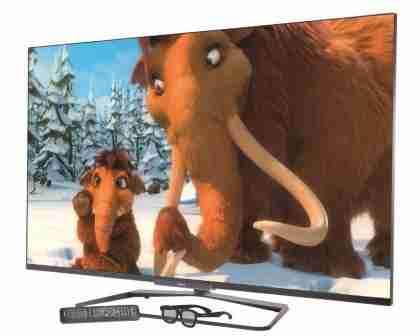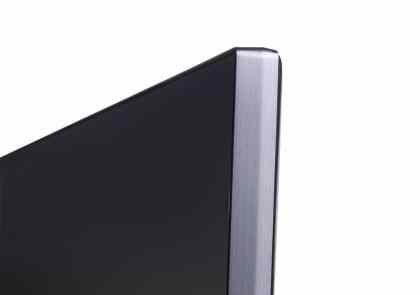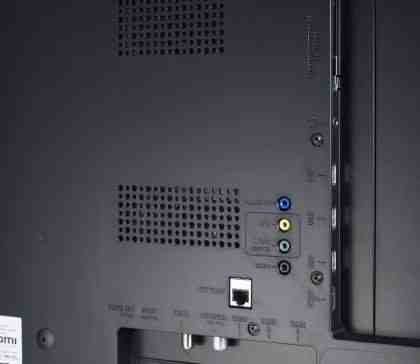May 10,2022
Philips 55PFL6008S review
by Jennifer Cameron inEuropean Style
For this review we tested the 55in model in the 6008 Series, but it's also available in 60in (60PFL6008), 47in (47PFL6008) and 42in (42PFL6008) screen sizes. All models have identical specifications except for their dimensions and power usage. We're confident that image quality will be practically identical across the range.
Since forming last year, TP Vision has taken the Philips brand and refined it, producing some fantastic TVs that retain unique features such as AmbiLight and improve on design and features. This year’s models look to improve on that model even further, with some radical-looking stands, ultra-thin bezels and a real focus on picture quality. Our first look at the series comes in the shape of the mid-range 55PFL6008S, a 55in TV that doesn’t pull any punches in terms of looks.

It might not be made from brushed aluminium, but the ultra-slim, untreated metal stand gives the 6008 a raw, almost industrial look that we find pleasing. It’s held on with just a few screws, but keeps the TV firmly in place and allows you to swivel it from side to side. The bezel is barely-there 11mm thick, and the frame itself is barely a millimetre thick around the top and sides, only hitting 20mm at the bottom edge.

AmbiLight LEDs run along the left and right edges of the back panel, and all the inputs are in one corner. The PHILIPS 55PFL6008S has many connection options, including four HDMI inputs, SCART and component video inputs (via adaptors), 3.5mm audio jacks for input and output, a digital optical audio input, a Common Interface slot and three USB ports. The USB ports let you record programs to an external hard disk, play media from flash drives and use a wireless mouse and keyboard with the integrated web browser, all without having to switch cables. There are also single RF and satellite inputs, although the 6008 isn’t compatible with Freesat in the UK.

WELL CONNECTED
There’s an Ethernet port, should you prefer a wired network connection, but the 6008 also has integrated Wi-Fi, which means you can get online without having to run a cable from your router. Once connected, you’ll be able to access the Philips smart TV portal, which you can access through the main menu. This is in contrast to Samsung and Panasonic’s 2013 TVs, which present you with their smart TV portal as soon as you turn on the TV. The large icons and sensible layout make it easy to navigate. We appreciated the preview window, which let us keep an eye on the currently playing channel, although we experienced a fair amount of lag when first loading the interface and when moving the cursor around the screen.
As for content, the 6008 didn’t have a huge selection at the time of writing. Catch-up TV from BBC iPlayer is included, as is YouTube. You can watch films from Acetrax and Blinkbox on demand, and the 6008 also has a web browser and an app gallery with roughly twenty additional programs. However, we’ve been told to expect the likes of Netflix, LoveFilm, 4OD, ITV Player and Demand 5 during the latter part of 2013, which would bring the system on par with Samsung’s 2013 TV range.
Twitter and Facebook are both integrated, so you’ll be able to update your status or tweet about popular shows as you watch them. You can overlay twitter feeds on top of the currently playing channel and watch them update in real time. Maybe true telly addicts will appreciate this feature, but we didn’t make much use of it, despite the excellent keyboard remote control.

When playing our own files, the 6008 performed admirably. It supports all major file formats, including DivX, MKV, MPEG4, WMV HD, XviD and even Apple’s MOV format. Miracast wireless streaming is fully supported, so you can display content from a smartphone or tablet on the TV using the recently revamped Philips My Remote app. The app also acts as a touchscreen remote control.
